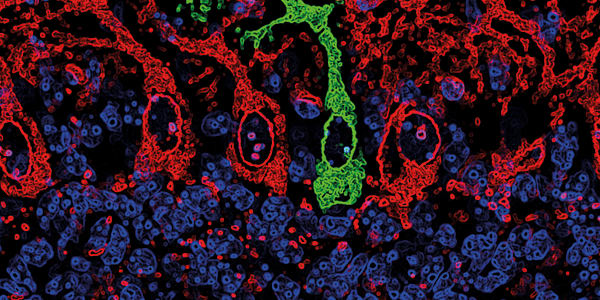A study published in Alzheimer’s & Dementia has identified plasma microRNA (miRNA) signatures that may aid in early detection of individuals at risk for developing Alzheimer's disease (AD) and predicting the progression from mild cognitive impairment (MCI) to AD. The researchers used data from the Alzheimer's Disease Neuroimaging Initiative (ADNI) and analyzed plasma samples from 803 participants, including individuals with early MCI (EMCI), late MCI (LMCI), AD, and cognitively normal controls.

Small RNA sequencing detected 300 miRNAs, which were evaluated by machine learning algorithms to identify signatures associated with different diagnostic stages. The results indicated distinct miRNA signatures that could predict MCI and AD diagnoses. Specifically, a miRNA signature comprising miR-142-3p, miR-98-5p, and miR-9985 was able to predict AD with an accuracy comparable to total Tau (area under curve [AUC] = 0.72 versus AUC = 0.74), while a combination of miR-590-3p, miR-369-3p, and miR-9985 could predict EMCI patients with an AUC of 0.71. For LMCI, a signature of miR-4429, miR-22-5p, and miR-1306 showed similar predictive accuracy (AUC = 0.71).
Additionally, the study highlighted the potential of miRNAs in predicting the conversion from MCI to AD. A miRNA signature of miR-125b-5p, miR-18a-5p, and miR-26b-5p predicted the conversion from EMCI to AD with an AUC of 0.70, outperforming traditional cerebrospinal fluid (CSF) biomarkers. Similarly, a signature of miR-338-3p, miR-584-5p, and miR-142-3p was able to predict LMCI to AD conversion with an AUC of 0.75.
These miRNA signatures were also analyzed for their involvement in specific molecular pathways relevant to AD pathogenesis. The team found that the miRNAs associated with cognitive decline (EMCI and LMCI) regulate pathways related to synaptic plasticity, mitochondrial dysfunction, and neuroinflammation – all of which are critical in the development and progression of AD. Interestingly, some pathways were unique to specific stages of the disease, highlighting the potential of miRNA profiling to offer more targeted diagnostic tools.
Overall, the study demonstrates that plasma miRNA signatures, combined with cognitive assessments, could enhance early detection of at-risk individuals and improve the accuracy of predicting disease progression, potentially reducing the need for invasive tests, such as CSF analysis. Further validation in more diverse populations and longitudinal studies is needed to confirm the clinical applicability of these findings.




